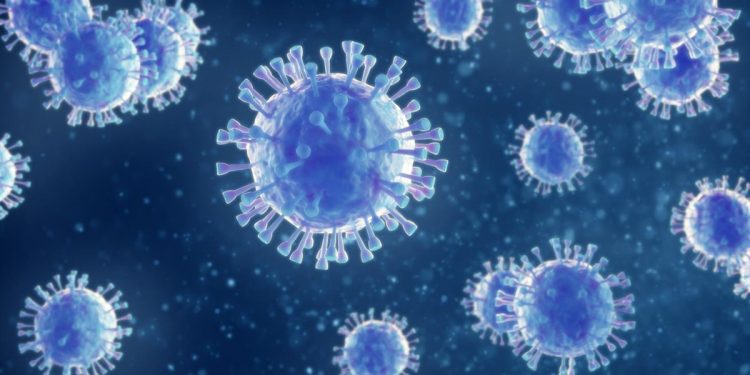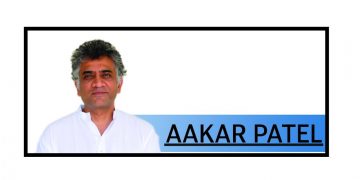Bhubaneswar: The penetration of the triple mutant variant of the coronavirus could increase the infection rate in the state, medical experts opined Friday.
Dr Swayam Pragyan Parida, Associate Professor (Community Medicine) from the All India Institute of Medical Sciences (AIIMS), Bhubaneswar, said the triple mutant variant can have a cascading effect on the overall infection rate. “The triple mutant variant tends to be more infectious. It can aggravate the infection rate which happens in mutation cases. However, its impact on severity of the infections on humans is yet to be studied,” she told Orissa POST.
Dr Parida said further analysis through genome sequencing can reveal more details on this. The genome sequencing by established labs in the country takes random samples from COVID positive patients and studies the virus in detail.
The Institute of Life Sciences (ILS) here is conducting the genome sequencing of 5 per cent samples of COVID infected persons from Odisha and nearby states. Ajay Parida, Director of ILS said, “Third mutation is just a name given to the virus detected in a few samples in West Bengal. We still do not have ample evidence-based information on behaviour of the virus. It could be known through genome sequencing and subsequent epidemiological study.” He said if the strain comes up in their samples, the ILS could know more about it.
Dr Ashok Mohapatra, former director of AIIMS, Bhubaneswar, however suggested people to take proper preventive measures to check the spread of the virus and not to focus more on the mutation theories.
“There were more than 1300 mutations in coronavirus in the last one year. The best way to defeat it is by taking adequate preventions that we normally take against COVID-19. People should not worry on these things. In mutations, part of their genetic makeup undergoes changes. If you abide by protocols, you can keep the threat at bay,” he said.
He also said in Odisha, there are chances of the cases reaching upto 15000 per day during the peak.
Manish Kumar, OP






































